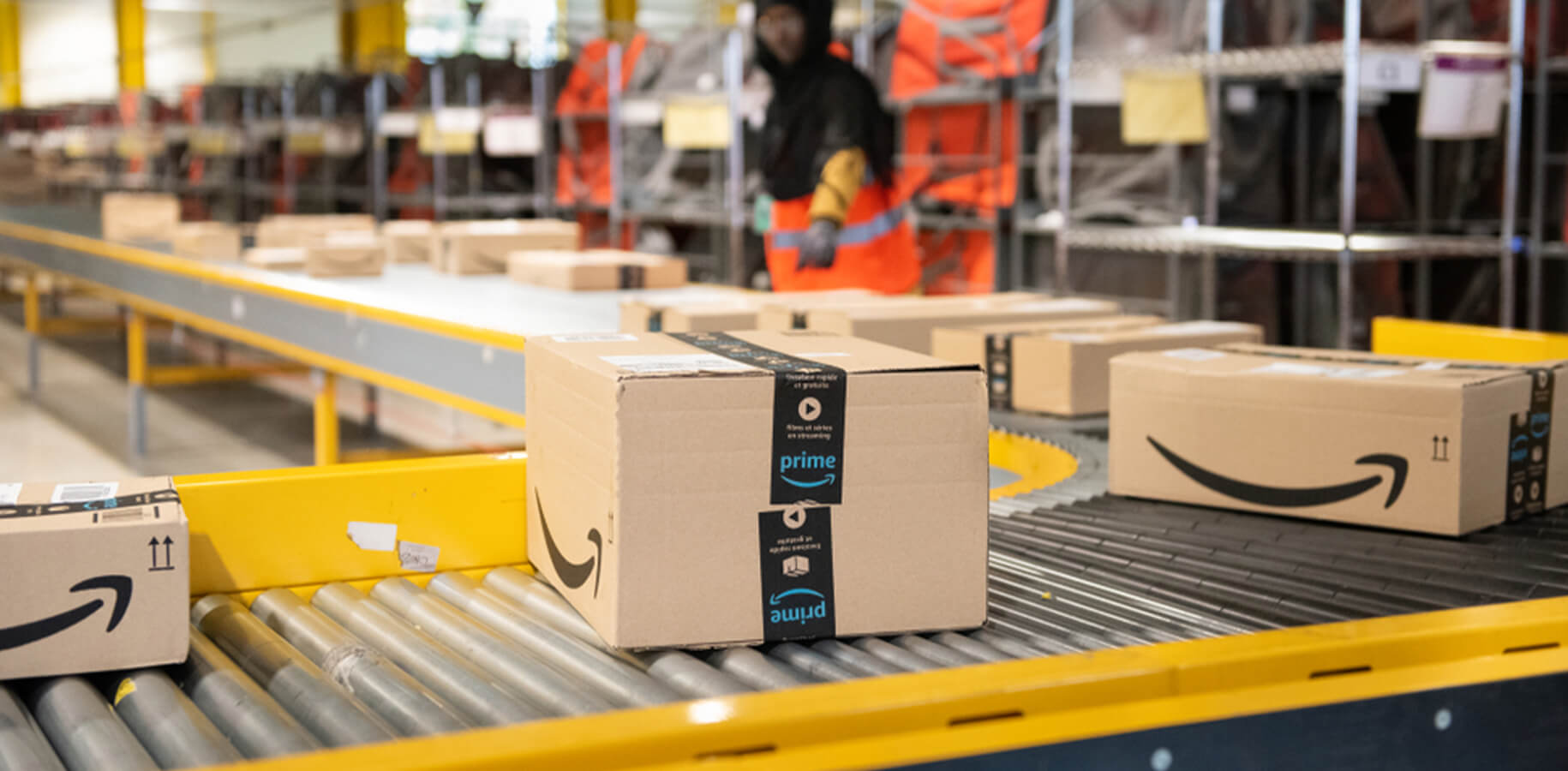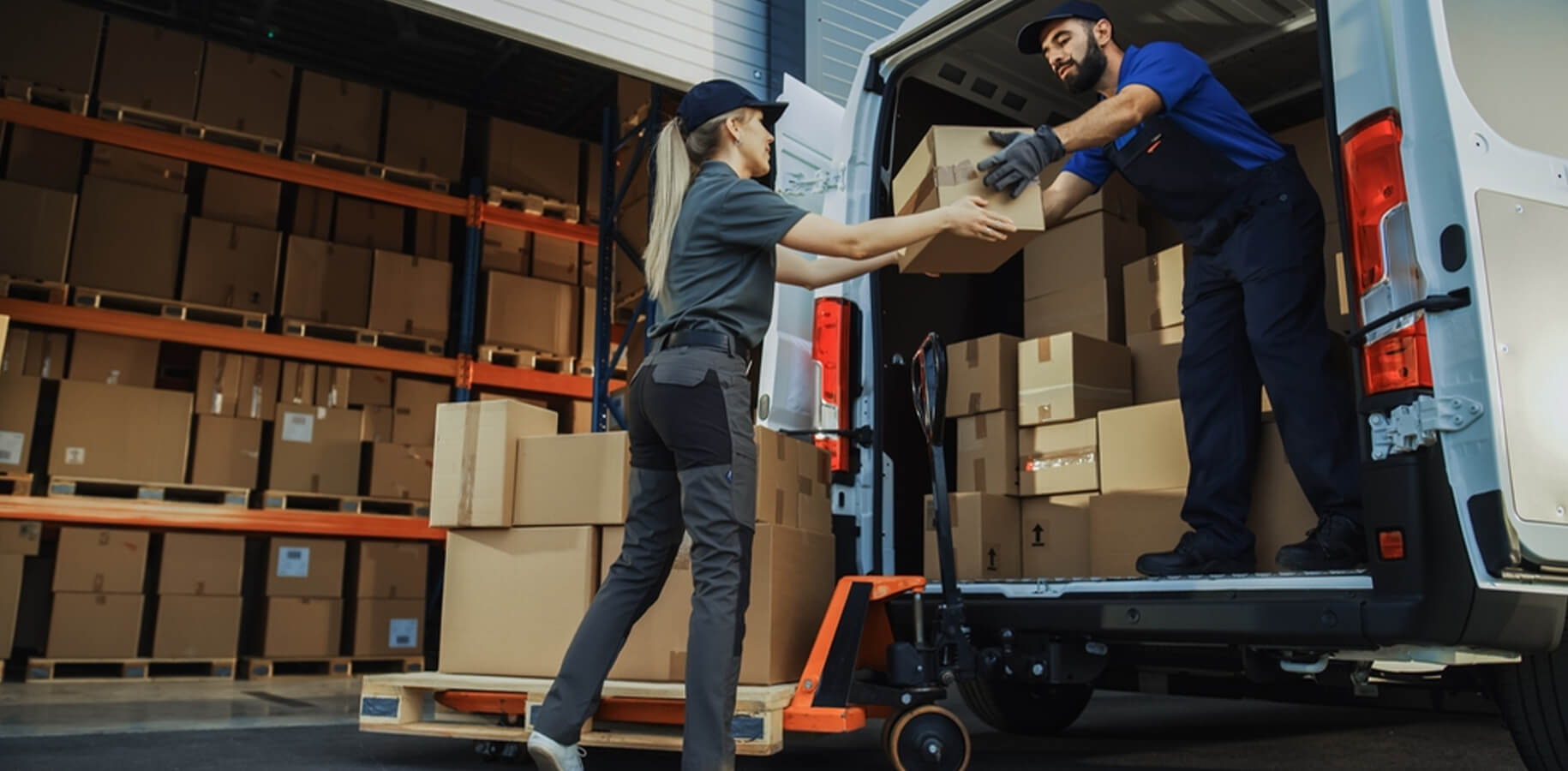Have you been thinking about selling your products online? Well, if you have been considering it, it would be best to start with Amazon with its massive market that allows you to sell almost any product.
If you’re contemplating the initiation of your Amazon selling journey, consider kickstarting it through Amazon’s Fulfilment-by-Amazon (FBA) program. Through FBA, the process is streamlined: you dispatch your products to Amazon’s warehouses. Amazon takes charge of inventory storage, promptly fulfilling orders by shipping products to customers using the expedited 2-day Prime shipping service. Furthermore, Amazon efficiently handles all aspects of customer support, making the selling process smoother and more convenient for you.
Curious about the inner workings of FBA? Eager to explore the advantages and drawbacks of leveraging this service? Wondering about the latest trends and optimal practices for the year 2024? Interested in strategies to distinguish yourself in a bustling marketplace and boost your profits to the maximum?
Fret not; eStore Factory’s Amazon FBA consulting services got you covered. This comprehensive guide spans from the foundational steps of establishing an Amazon seller account to sophisticated approaches in product research, pricing, and advertising. Consider this guide your ultimate resource, offering insights and strategies to navigate the dynamic landscape of Amazon selling with confidence. eStore Factory’s FBA seller services are here to guide you!
What is Amazon FBA?
Amazon FBA, or Fulfillment by Amazon, is a service offered by Amazon that allows third-party sellers to store their products in Amazon’s fulfilment centres. In essence, FBA is a service designed for selling your products on Amazon’s platform, where Amazon assumes responsibility for the entire fulfilment process, encompassing tasks like picking, packing, and shipping directly from their fulfilment centres.
By harnessing the power of Amazon FBA, you can streamline your operations, saving valuable time and alleviating the stress associated with day-to-day logistics management. With FBA, you invest in Amazon’s expertise to handle the operational intricacies of your business, affording you the freedom to concentrate on the strategic aspects—nurturing your brand and broadening your product portfolio.
The process is straightforward:
- Send Inventory to Amazon: Sellers ship their products to Amazon’s warehouses, where they are stored until a customer places an order.
- Order Processing: When a customer makes a purchase, Amazon takes care of the entire fulfilment process. This includes picking, packing, and shipping the product directly to the customer.
- Customer Service: Amazon also handles customer service related to the fulfilment of the order. This includes managing returns and addressing customer inquiries.
- Prime Shipping: Products enrolled in FBA are eligible for Amazon Prime, which means they can be shipped with Prime’s fast and often free shipping options.
How It Works:
- Sellers create listings for their products on Amazon.
- Sellers send their products to Amazon’s fulfilment centres.
- When a customer places an order, Amazon picks and packs the product.
- Amazon ships the product to the customer, handling all logistics.
- Amazon provides customer service and manages returns.
Amazon Business Models
- Private Label: Creating your own product label/brand
- Wholesale: Buying products in bulk directly from a brand or from distributors with extra stock to sell on Amazon
- Reselling/Arbitrage: Buying discounted products through retailers or online to resell on Amazon
- Dropshipping: Buying products directly from a manufacturer who fulfils the order and ships directly to the customer
- Handmade: Creating/crafting your products to sell on Amazon
While each of these methods for selling on Amazon can be successful, let us focus on one that has proven to be a profitable, scalable method: private label.
Selling private label products on Amazon FBA (Fulfilment by Amazon) can be a lucrative business model.
Here’s a step-by-step guide to help you get started:
1. Market Research:
Identify a niche or product category with demand but manageable competition.
2. Product Selection:
Choose a product that is lightweight, durable, and not overly complicated.
3. Supplier Sourcing:
Find reliable suppliers through platforms like Alibaba or attend trade shows to connect with manufacturers. Request samples to assess product quality before placing a bulk order.
4. Private Labelling:
Create a unique brand name and logo for your products. Customise the product packaging to differentiate it from competitors.
5. Create an Amazon Seller Account:
Sign up for an Amazon Seller account and choose between an Individual or Professional plan.
6. Set Up Your Amazon FBA Account:
Enrol in the Fulfilment by Amazon (FBA) program. Create product listings with compelling titles, descriptions, and high-quality images.
7. Calculate Costs and Set Pricing:
Factor in product costs, shipping fees, Amazon fees, and other expenses. Set a competitive yet profitable selling price.
8. Order Inventory:
Place a bulk order from your chosen supplier. Coordinate shipping to the Amazon FBA warehouse.
9. Amazon FBA Shipment:
Create a shipment plan in your Amazon Seller account. Label and pack your products according to Amazon’s guidelines.
10. Launch and Promote:
Use Amazon PPC (Pay-Per-Click) advertising to drive initial traffic. Encourage early reviews through Amazon’s Early Reviewer Program. Utilise social media and other marketing channels to promote your products.
11. Monitor and Optimise:
Regularly check your inventory levels. Monitor customer reviews and address any issues promptly. Optimise your Amazon PPC campaigns based on performance.
12. Scale Your Business:
Analyse sales data and expand your product line. Consider entering new markets or launching variations of your existing products.
How to Find a Profitable Product to Sell on Amazon
While considering the products, you need to analyse them for:
- Profitability: When assessing a product for potential sales on Amazon, ask yourself: Can I procure and deliver this product to Amazon at a cost significantly lower than its selling price? Adhering to the “rule of 3’s” can serve as a helpful guideline. Break down the expected revenue from each product into three equal parts: one-third for fees, one-third for landed costs (including manufacturing, shipping, and other expenses), and one-third for your profit.
- Demand: The crucial element in identifying a viable product for Amazon revolves around demand. Is there a consumer demand for this product? Are people actively seeking it out, or does the product address a specific need or resolve a pain point? Data analysis is instrumental in addressing these questions. The primary metric guiding us in evaluating demand on Amazon is sales.
- Competition: Subsequently, it is crucial to assess the competitive landscape by examining the prevalence of similar products and discerning whether there is room for a new entrant in the market. The pivotal metrics guiding the evaluation of competition encompass the quantity of products within the same category and the quality of reviews and ratings associated with these products. Essentially, this analysis seeks to ascertain the existing products’ effectiveness and reception on Amazon, helping us determine the potential for success and differentiation in the market for a newcomer.
How to source products for Amazon FBA
Having identified your product or narrowed down your choices to a select few, the next step involves securing a reliable supplier. We’ll go through three essential steps in the process of finding and sourcing products to sell on Amazon:
- Conduct thorough Amazon product research and compare potential Amazon suppliers in the relevant industry.
- Assess product samples diligently and fine-tune your product specifications based on the samples received.
- Place orders and coordinate the shipping of your products to Amazon’s FBA warehouses to ensure a smooth and efficient fulfilment process.
What are the pros and cons of Amazon FBA?
Now that you have a basic understanding of Amazon FBA, here you will be able to know the pros and cons of Amazon FBA.
Pros of Amazon FBA
- Multi Channel Fulfilment: Amazon FBA provides omnichannel or multi-channel fulfilment solutions, allowing you to extend your presence to platforms like eBay. Leveraging Amazon’s expensive shipping network streamlines operations reduces costs, and ensures swift, reliable shipping for customers across various platforms.
- Enhanced Product Ranking: Utilising the Amazon FBA program can positively impact your product’s search ranking. FBA-sold products are categorised based solely on the price, giving them a competitive edge over non-FBA products, which are ranked by the total price, including shipping. This distinction contributes to improved product visibility and ranking.
- Trusted Customer Service: FBA sellers benefit from Amazon’s fast and efficient customer service. Handling customer complaints and queries becomes the responsibility of Amazon FBA, alleviating concerns for sellers and ensuring a smoother operation. Amazon serves as the primary point of contact for customers, managing returns and inquiries with 24/7 support.
- Buy Box Advantage: Winning the Amazon Buy Box is critical for sellers. FBA increases the likelihood of securing the Buy Box compared to self-fulfilled sellers. This coveted space on the product description page facilitates easy purchasing for customers and enhances the chances of making a sale, especially in a competitive marketplace with multiple sellers offering similar products.
Cons of Amazon FBA
- Fixed Fees: Amazon FBA imposes various fees, including picking and packing fees, monthly storage fees, long-term fees, and order fulfilment fees. Sellers need to carefully assess their sales volume and inventory management to ensure that these fees are cost-effective for their business, as miscalculations can lead to financial losses.
- Inventory Visibility Challenges: Understanding the status of your inventory, especially when stored in fulfilment centres, can be challenging. While you may manufacture products in abundance, the actual speed of sales may vary. Out-of-stock situations can result in reduced rankings and visibility on Amazon, impacting sales. Maintaining accurate insights into inventory levels is crucial for meeting customer demands.
- Stringent Product Requirements: Before sending products to fulfilment centres, Amazon has specific requirements, such as the ASIN/UPC system. Sellers are responsible for individually packing and labelling products according to these requirements. Failure to comply can pose challenges in the shipping process.
- Lack of Free Trial: Unlike some services that offer a free trial period, Amazon FBA does not provide this option. If a seller signs up for FBA and later determines it’s not the right fit for their business, the initial investment may be considered a sunk cost, making it crucial for sellers to thoroughly evaluate the suitability of FBA before committing.
In conclusion, venturing into the world of selling private label products on Amazon FBA demands a strategic and meticulous approach. From identifying products with genuine market demand to navigating the competitive landscape, the journey involves careful evaluation and data-driven decision-making.
The pivotal steps of researching suppliers, refining product quality through samples, and orchestrating the shipping process to Amazon’s FBA warehouses are critical to the success of your e-commerce venture. By combining a keen understanding of market dynamics with effective sourcing and marketing strategies, aspiring sellers can position themselves for growth and profitability in the dynamic and competitive realm of Amazon FBA. Ultimately, staying informed, adaptable, and committed to providing value to customers are key principles that can pave the way for a thriving private label business on the Amazon platform. Get in touch with Amazon FBA consultant UK for more information.










About The Author
Jimi Patel
Jimi Patel, is a Co-founder and CEO at eStore Factory, an Amazon SPN certified agency that serves as a one-stop solution for all your Amazon business needs. Having helped countless brands increase sales and grow their footprint on Amazon, Jimi provides the most practical and effective solutions for your business. He is highly skilled in developing and executing plans that align with your specific business goals and objectives. When not working, Jimi enjoys practicing yoga and traveling to new places. He is an avid reader and enjoys staying up-to-date on the latest trends and developments in the e-commerce industry.